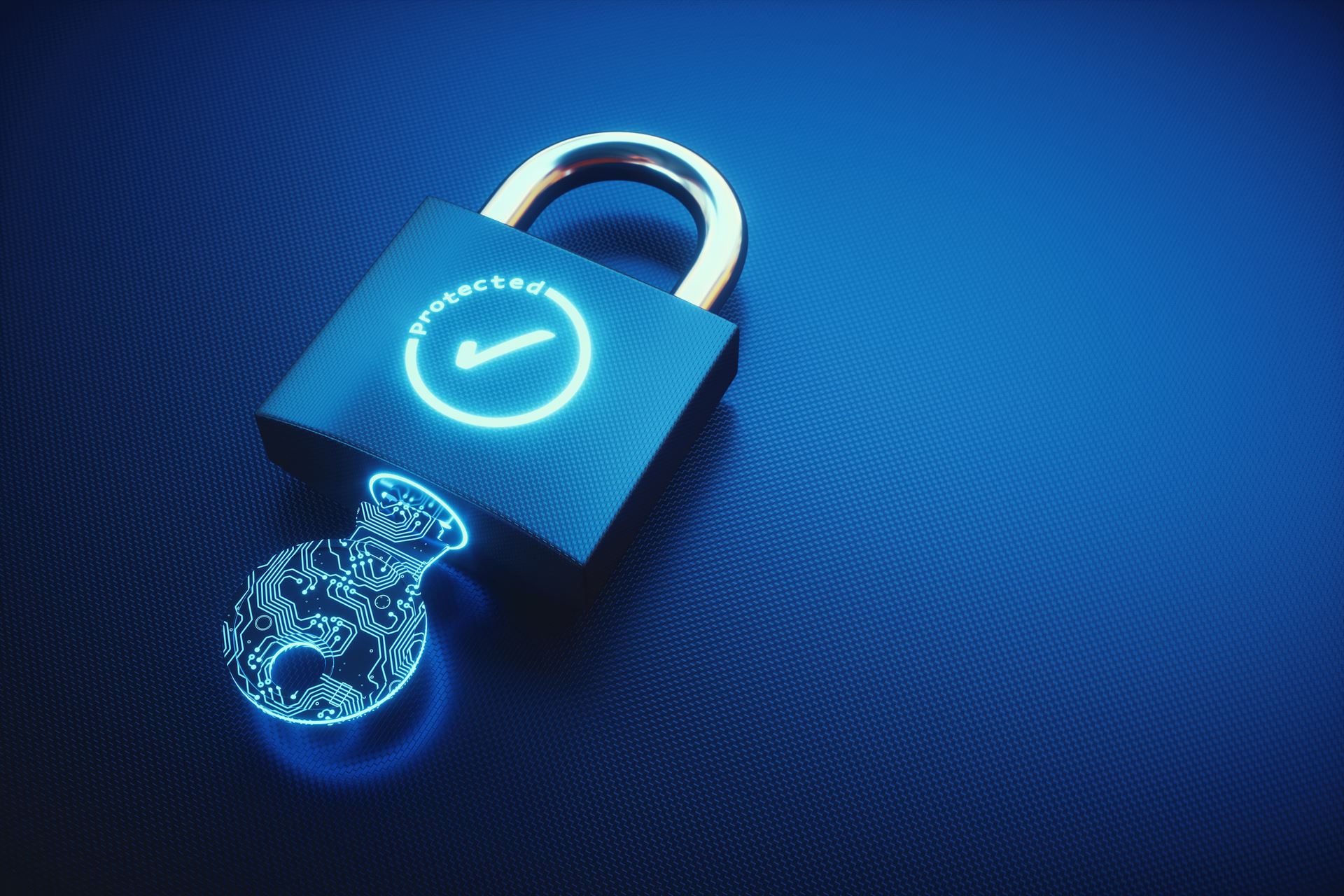Why Your Passwords Are Not Enough In today’s Security Landscape
When it comes to protecting your data, most people would advise you to come up with the most complex password comprising of letters, symbols and numbers. You might think you are safe after doing this, but the fact is you still run the risk of unauthorized people accessing your private accounts and passwords. This can be catastrophic since hackers can easily infringe on your privacy and may even use your private emails or social media accounts against you. Moreover, you run the risk of malicious scripts being sent to your device, which may lead to loss of information or even complete breakdown of the network. The ineffectiveness of passwords can make you wish to go back to the days when you could safely place your paperwork under lock and key where you alone could access it.
How Can You Ensure That Your Online Activities Are Safe And Secure?
Passwords were very efficient a decade ago, and you would barely hear of stories about cyber security or hacking. However over time, our passwords have become less secure, making it easier for even the least experienced person in technology a viable threat to our privacy. We have faster hardware and processors that enable programs that crack passwords to try billions of password combinations for every second. What used to take decades to crack can take a few weeks or days. Moreover, hackers have evolved with time and have come to know far much more about our passwords. They have been able to identify the patterns that we use in crafting our passwords and can now use algorithms to obtain them in the shortest time possible. That said, passwords are a poor choice for your network security. You should, therefore, consider alternative methods that are safer and more secure:
1. Two-factor Authentication
This is generally a method of confirming the identity of the user by considering two different entities. The assumption is that an unauthorized person may not be able to provide both components required for accessing the account. The process of the two-factor authentication is quite simple. You first enter your password and immediately after, a temporary code is sent to your smartphone in the form of an SMS or a phone call or even a separate authenticator app. You will then be required to enter the verification code before you do any transactions on the account. Without your smartphone, remote attackers cannot access your networks, financial information, cloud storage or any other information since they would require the verification code.
2. Biometric Authentication
Biometric authentication involves using human characteristics or body parts to gain access and permission to use the network. These include the fingerprint, the palm print, DNA and the iris. Behavioral features such as your voice and your gestures are also used. The biometric information of the person is captured and stored as a template in a database. When someone wants access, they undergo an iris scan or a fingerprint scan and the input is compared to the model using an algorithm. If they match, the user is granted access, if not, access is denied. Biometric authentication is a very reliable method because it proves the true identity of the user. Moreover, it is not like a password which can be forgotten or even worse, stolen from you. The method also ensures that there is accountability since someone cannot refute any action that he had taken since only his fingerprint or iris can be used to grant access.
3. Password Managers
A password manager allows you to store and remember your passwords. You are required to remember one password, which is called the master password. It enables to access all the other passwords that you may have. However, if you forget your master password, you may not be able to access any of the other passwords stored. The good thing is that all your passwords are encrypted using the best encryption software. This makes it more difficult for hackers and crackers to interfere with your network or password.
Cyber crime has become a worldwide concern in the recent years. Do not let yourself or your organization become a victim of online intrusion. Let’s embrace change and move away from passwords to better methods of network security.
